-
 bitcoin
bitcoin $102877.190955 USD
1.88% -
 ethereum
ethereum $3430.435064 USD
4.52% -
 tether
tether $0.999264 USD
-0.05% -
 xrp
xrp $2.307310 USD
4.49% -
 bnb
bnb $987.740692 USD
3.82% -
 solana
solana $161.947760 USD
3.97% -
 usd-coin
usd-coin $0.999712 USD
-0.05% -
 tron
tron $0.292810 USD
2.93% -
 dogecoin
dogecoin $0.179738 USD
10.70% -
 cardano
cardano $0.580716 USD
8.75% -
 hyperliquid
hyperliquid $42.463448 USD
8.40% -
 chainlink
chainlink $15.763437 USD
7.05% -
 zcash
zcash $649.595636 USD
17.21% -
 bitcoin-cash
bitcoin-cash $511.610261 USD
7.19% -
 stellar
stellar $0.292537 USD
7.91%
How are transactions added to a blockchain?
A blockchain records transactions in secure, linked blocks using cryptography, with new transactions validated by miners or validators before being added to the immutable ledger.
Aug 07, 2025 at 11:22 am
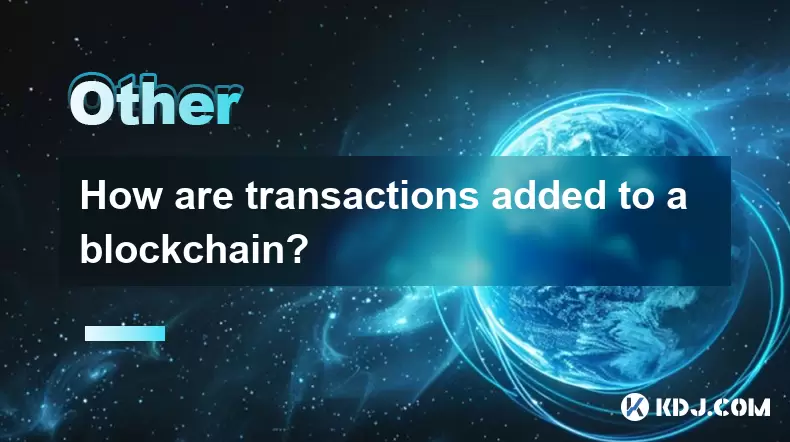
Understanding the Structure of a Blockchain
A blockchain is a decentralized, distributed ledger that records transactions across a network of computers. Each block in the chain contains a list of transactions, a timestamp, and a reference to the previous block through a cryptographic hash. The integrity and chronological order of the blockchain are maintained using these hashes. When a new transaction occurs, it is not immediately added to the blockchain. Instead, it must go through a validation and consensus process before being permanently recorded. The mechanism by which transactions are added varies depending on the consensus algorithm used, such as Proof of Work (PoW) or Proof of Stake (PoS), but the general flow remains consistent across most blockchain networks.
Transaction Initiation and Propagation
When a user initiates a cryptocurrency transaction, they sign it with their private key and broadcast it to the network. This transaction includes details such as the sender’s address, recipient’s address, amount, and a transaction fee. Once broadcast, the transaction enters a pool of unconfirmed transactions known as the mempool. Nodes on the network receive and validate the transaction to ensure it meets basic criteria: correct digital signature, sufficient funds, and no double-spending. Valid transactions remain in the mempool until a miner or validator selects them for inclusion in a new block. Invalid transactions are discarded and not propagated further.
Block Formation by Miners or Validators
In a Proof of Work system like Bitcoin, miners compete to solve a complex cryptographic puzzle. The first miner to solve the puzzle gains the right to create the next block. This miner selects a set of transactions from the mempool, typically prioritizing those with higher transaction fees to maximize profit. The selected transactions are then compiled into a candidate block. The block header includes the hash of the previous block, a Merkle root (a cryptographic summary of all transactions in the block), and a nonce (a random number used in the mining process). In Proof of Stake systems like Ethereum post-merge, validators are chosen based on the amount of cryptocurrency they stake and other factors. These validators propose and attest to new blocks instead of mining them.
- Select transactions from the mempool
- Verify each transaction’s digital signature and inputs
- Construct the Merkle tree and compute the Merkle root
- Assemble the block header with the previous block’s hash and nonce
- Begin the mining process (PoW) or await selection (PoS)
Consensus and Block Validation
Once a miner or validator creates a new block, it is broadcast to the network for verification. Other nodes check the block’s validity by ensuring all transactions are legitimate, the block size is within limits, and the proof of work (or stake) is correctly applied. In Proof of Work, nodes verify that the block’s hash meets the network’s difficulty target. In Proof of Stake, nodes confirm that the validator was properly selected and that the attestations are valid. If the block passes all checks, nodes add it to their copy of the blockchain and update their UTXO (Unspent Transaction Output) set accordingly. This process ensures that all participants agree on the state of the ledger, maintaining decentralized consensus.
Finality and Immutability
After a block is added to the blockchain, the transactions within it are considered confirmed. However, finality—the assurance that a transaction cannot be reversed—depends on how many subsequent blocks are built on top of it. In Bitcoin, six confirmations (six blocks deep) are often considered secure. Each additional block increases the computational effort required to alter the chain, making it practically impossible to rewrite history. The immutability of the blockchain is enforced by cryptographic hashing: changing any transaction would alter the block’s hash, breaking the chain and invalidating all following blocks. This security model ensures trust in the system without requiring a central authority.
Role of Incentives in Transaction Processing
Miners and validators are incentivized to participate through block rewards and transaction fees. In Bitcoin, the block reward is a fixed amount of newly minted BTC given to the successful miner, halving approximately every four years. Transaction fees are paid by users to prioritize their transactions. Validators in PoS systems receive similar rewards in the form of newly issued tokens and fees. These incentives align the interests of network participants with the security and efficiency of the blockchain. Without such rewards, there would be little motivation to validate transactions or secure the network, potentially leading to centralization or reduced throughput.
Frequently Asked Questions
How long does it take for a transaction to be added to the blockchain?The time varies by network. On Bitcoin, the average block time is 10 minutes, so a transaction may wait several minutes in the mempool before being included. Ethereum blocks are produced every 12 seconds, allowing faster inclusion. However, during periods of high congestion, transactions with low fees may remain unconfirmed for hours.
Can a transaction be removed from the blockchain once added?No. Once a transaction is included in a confirmed block and subsequent blocks are built on top, it becomes immutable. The decentralized nature and cryptographic design of blockchains make altering or removing transactions computationally infeasible.
What happens if two miners create a block at the same time?This creates a temporary fork in the blockchain. Nodes continue building on whichever block they receive first. The network eventually converges on the longest valid chain, and the block on the shorter fork is discarded. Transactions in the discarded block return to the mempool if unconfirmed.
Why do some transactions get confirmed faster than others?Transactions with higher transaction fees are prioritized by miners or validators. Users can set fees based on network demand. Wallets often suggest fee rates based on current congestion, allowing users to choose between speed and cost.
Disclaimer:info@kdj.com
The information provided is not trading advice. kdj.com does not assume any responsibility for any investments made based on the information provided in this article. Cryptocurrencies are highly volatile and it is highly recommended that you invest with caution after thorough research!
If you believe that the content used on this website infringes your copyright, please contact us immediately (info@kdj.com) and we will delete it promptly.
- Ripple (XRP) in 2026: Hold or Fold? A Look at XRP's Future and Emerging DeFi Alternatives
- 2025-11-08 18:35:01
- Zcash ZEC Coin Price Explosion: From Privacy Niche to Center Stage
- 2025-11-08 18:55:01
- Berachain Price Prediction: Navigating the Honeycomb Hype in Crypto
- 2025-11-08 18:55:01
- Arthur Hayes, Gold, and Bitcoin: A Modern Monetary Trinity?
- 2025-11-08 19:15:01
- Shiba Inu's Next Move: Navigating a Shifting Market
- 2025-11-08 19:20:01
- Pakistan's Crypto Crossroads: Balancing Opportunity with Asset-Backed Realities
- 2025-11-08 19:20:01
Related knowledge

What is a cryptographic nonce and how is it used to prevent replay attacks?
Nov 08,2025 at 05:00pm
Understanding Cryptographic Nonces in Blockchain Systems1. A cryptographic nonce is a number used only once within a specific cryptographic communicat...
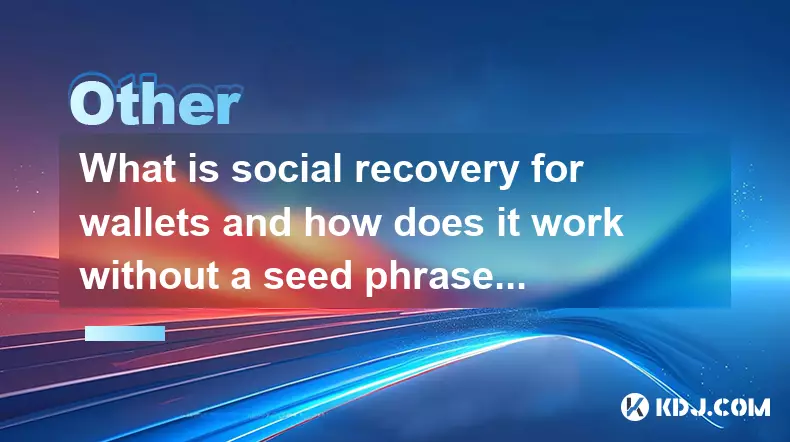
What is social recovery for wallets and how does it work without a seed phrase?
Nov 08,2025 at 08:39am
Social Recovery in Cryptocurrency Wallets1. Social recovery is a mechanism designed to help users regain access to their cryptocurrency wallets withou...
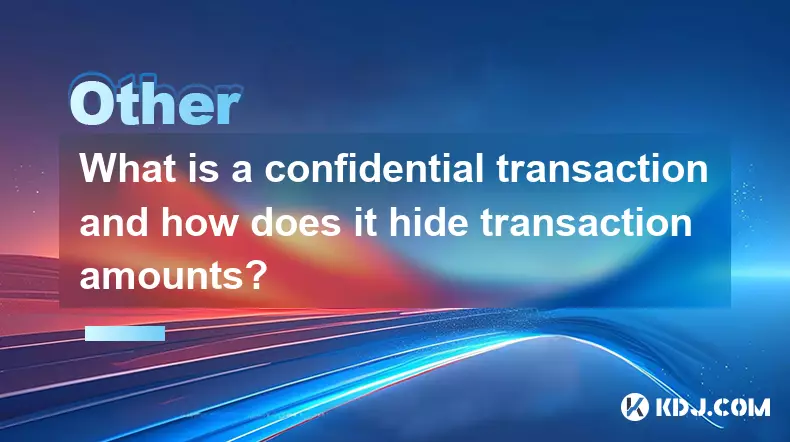
What is a confidential transaction and how does it hide transaction amounts?
Nov 08,2025 at 07:19pm
Understanding Confidential Transactions in Cryptocurrency1. Confidential transactions are a cryptographic method used in certain blockchain networks t...

What is a data availability layer and how does it help rollups become more secure and cheaper?
Nov 08,2025 at 08:39pm
What Is a Data Availability Layer?1. A data availability layer is a foundational component in blockchain infrastructure designed to ensure that transa...
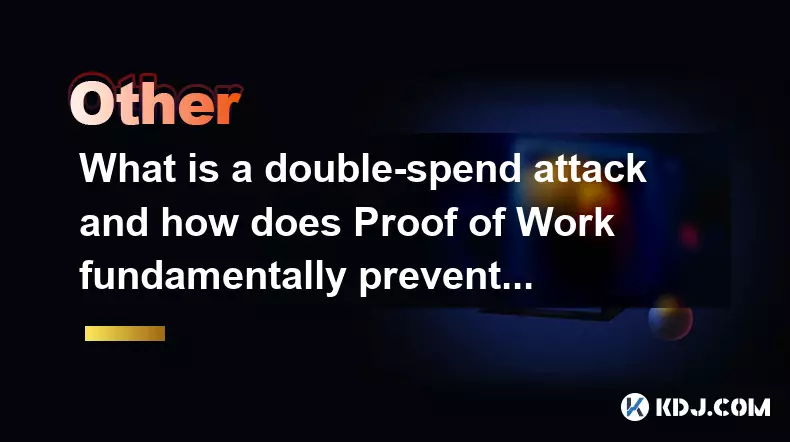
What is a double-spend attack and how does Proof of Work fundamentally prevent it?
Nov 08,2025 at 08:19pm
Understanding the Double-Spend Problem in Cryptocurrencies1. In digital cash systems, a fundamental challenge arises when a user attempts to spend the...
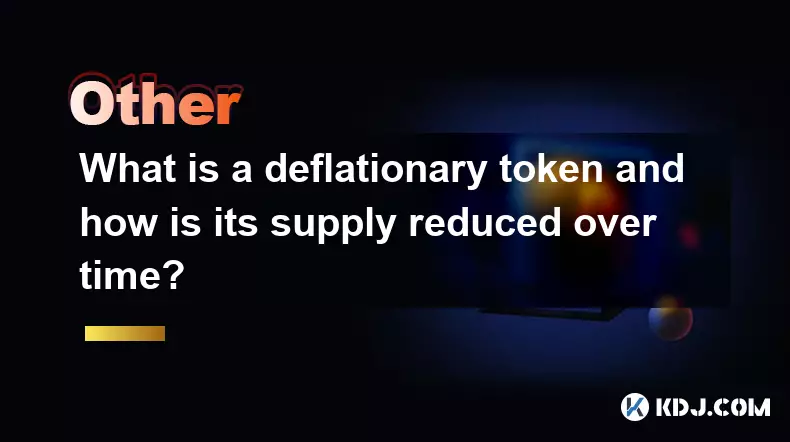
What is a deflationary token and how is its supply reduced over time?
Nov 08,2025 at 04:19pm
Understanding Deflationary Tokens in the Cryptocurrency EcosystemA deflationary token is a type of cryptocurrency designed to decrease in supply over ...

What is a cryptographic nonce and how is it used to prevent replay attacks?
Nov 08,2025 at 05:00pm
Understanding Cryptographic Nonces in Blockchain Systems1. A cryptographic nonce is a number used only once within a specific cryptographic communicat...

What is social recovery for wallets and how does it work without a seed phrase?
Nov 08,2025 at 08:39am
Social Recovery in Cryptocurrency Wallets1. Social recovery is a mechanism designed to help users regain access to their cryptocurrency wallets withou...

What is a confidential transaction and how does it hide transaction amounts?
Nov 08,2025 at 07:19pm
Understanding Confidential Transactions in Cryptocurrency1. Confidential transactions are a cryptographic method used in certain blockchain networks t...

What is a data availability layer and how does it help rollups become more secure and cheaper?
Nov 08,2025 at 08:39pm
What Is a Data Availability Layer?1. A data availability layer is a foundational component in blockchain infrastructure designed to ensure that transa...

What is a double-spend attack and how does Proof of Work fundamentally prevent it?
Nov 08,2025 at 08:19pm
Understanding the Double-Spend Problem in Cryptocurrencies1. In digital cash systems, a fundamental challenge arises when a user attempts to spend the...

What is a deflationary token and how is its supply reduced over time?
Nov 08,2025 at 04:19pm
Understanding Deflationary Tokens in the Cryptocurrency EcosystemA deflationary token is a type of cryptocurrency designed to decrease in supply over ...
See all articles





















![The Graph Price Prediction [GRT Crypto Price News Today] The Graph Price Prediction [GRT Crypto Price News Today]](/uploads/2025/11/07/cryptocurrencies-news/videos/690d4df44fe69_image_500_375.webp)



















































